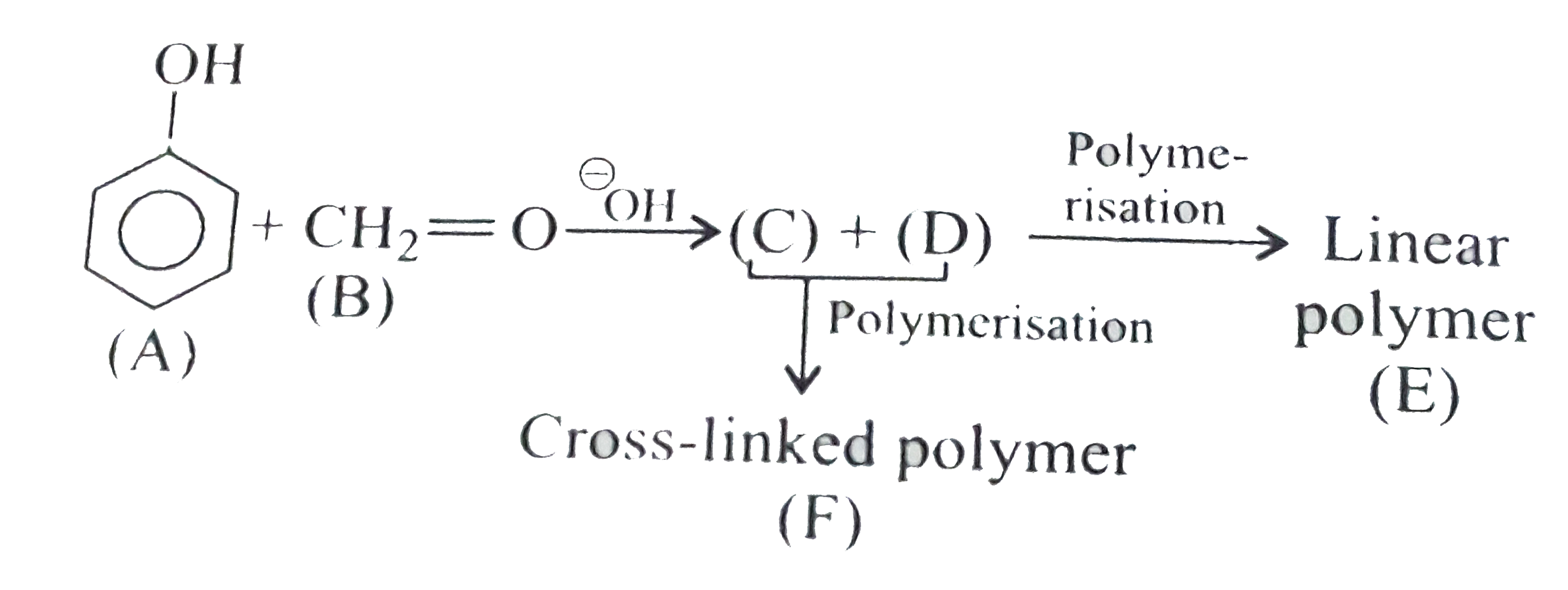The straight-chain polymer is formed by the
A
hydrolysis of CH3SiCl3 followed by cendensation polymerization
B
hydrolysis of(CH_(3))_(4) Si addition polymerization
C
hydrolysis of (CH3)2SiCl2 followed by condensation polymerization
D
hydrolysis of (CH3)3SiCl followed by condensation polymerization
Video Solution
Text Solution
The correct Answer is:C
The hydrolysis of (CH3)2SiCl2 gives (CH3)2Si(OH)2 which undergoes condensation polymerization to yield a straight-chain polymer:
(CH3)2SiCl2+2H2O→(CH3)2Si(OH)2+2HCl
HO−CH3∣Si∣CH3−OH+HO−CH3∣Si∣CH3−OH−H2O−−−→
−O−CH3∣Si∣CH3−O−CH3∣Si∣CH3−O−Linear polymer
(1) The hydrolysis of CH3SiCl3 gives a very complex cross-linked polymer.
(2) (CH3)2Si does not undergo hydrolysis.
(4) The hydrolysis of (CH3)3SiCl gives (CH3)3SiOH which condenses to give a dimer:
CH3−CH3∣Si∣CH3−OH+HO−CH3∣Si∣CH3−CH3−H2O−−−→
CH3−CH3∣Si∣CH3−O−CH3∣Si∣CH3−CH3
|
Updated on:21/07/2023
Topper's Solved these Questions
Similar Questions
Knowledge Check
- Question 1 - Select One
A polymer is formed by :
AhydrationBmethylationChydrolysisDsehydration synthesis - Question 2 - Select One
The straight chain polymer (silicones) is formed by
Ahydrolysis of CH3SiCl3, followed by condensation polymerisation.Bhydrolysis of (CH3)4,Si by addition polymerisation.Chydrolysis of (CH3)2,SiCl2, followed by condensation polymerisationDhydrolysis of (CH3)3SiCl followed by condensation polymerisation. - Question 3 - Select One
On monochlorination of pentane, the number of straight chain isomers formed is
A4B3C2D1

The linear polymer(E)is formed is:View SolutionCellulose is a straight-chain polysaccharide composed of only:
View SolutionTeflon polymer is formed by polymerization of :
View SolutionTeflon polymer is formed by polymerization of :
View SolutionAmong the following, the branched chain polymer is
View Solution

